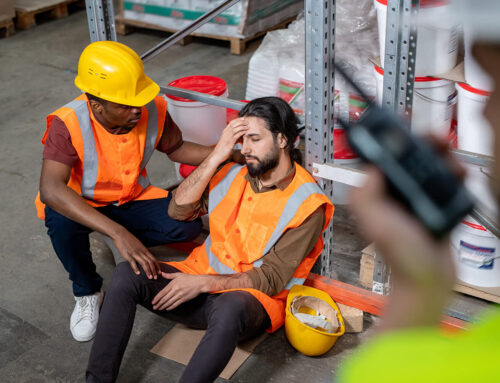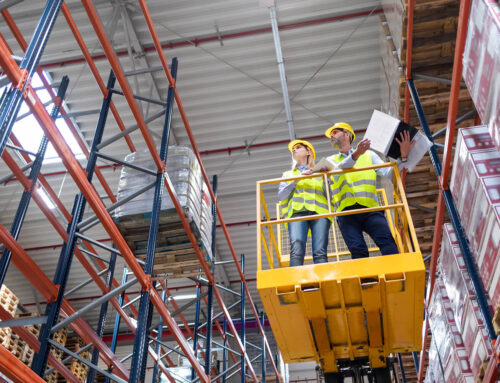When you are hurt while working at your construction job and, as a result of that injury, it becomes necessary to go to court, you can probably count on facing strong opposition. The defendants you sue will likely have shrewd lawyers capable of making clever and persuasive arguments to try to keep from paying you the compensation you need. Fight back by making sure that you have a knowledgeable and persuasive New York City construction injury attorney battling for the recovery you deserve.
When it comes to construction injury lawsuits in New York, there are several arguments that are frequently used by defense lawyers. If your lawsuit alleges that you are entitled to compensation under a statute called the “Scaffold Law,” the defense may try to persuade the court that the work you were doing isn’t covered under that law. Alternately, the defense may assert that the injury you suffered was not one of the types that the statutes cover. Achieving your fullest success, then, means being prepared to take on these or whatever defense arguments come your way.
Look at a recent case from Queens for an example. F. R.-P. was, along with a co-worker, unloading flooring materials from the back of a flatbed truck. The way that job worked was that the materials were on pallets and a hydraulic lift lowered each pallet from the truck bed to the ground, which was a distance of about four feet. Each pallet weighed roughly 2,500-3,000 pounds. During the job, one pallet, which was loaded onto the lift at the time, fell off the lift and hit F. R.-P.
The defense, in working to get the injured worker’s lawsuit thrown out of court, argued that the law that the worker used as the basis for his lawsuit (the so-called “Scaffold Law,” which actually covers much more than just scaffold accidents) didn’t apply to this accident. The Appellate Division court ruled that the statute did apply and the worker was entitled to compensation. The court explained that New York law, through its statutes and court rulings, was clear that this law “was designed to prevent those types of accidents in which the scaffold, hoist, stay, ladder or other protective device proved inadequate to shield the injured worker from harm directly flowing from the application of the force of gravity to an object or person.”
So, when does unloading a truck count as a covered activity? It depends on what you’re unloading. More specifically, it depends on how far the load fell and how much force it could exert in that distance. If you’re unloading cardboard boxes full of packing peanuts and electronic components that weigh four pounds each, then a four-foot fall probably won’t exert enough force to give you a valid lawsuit if a falling box hits your foot. If, however, you’re struck by a one or one-and-a-half ton pallet (as F. R.-P. was,) then a fall of four feet may definitely exert a lot of damaging force and unloading those kinds of contents may be a valid activity that is covered by the statute and allows you to get that much-needed compensation you’re seeking.
If you’re hurt in an accident like this, it is not necessary that you know all the scientific details about mass, distance and force. What you do need to know is that New York law has strong statutory protections for workers injured in construction accidents, but that those injured workers often face stiff opposition. In other words, be prepared. Reach out to the knowledgeable New York City construction injury attorneys at Arcia & Associates. Our team has many years of handling construction injury cases and helping injured workers to realize positive results.
Contact us at 718-424-2222 to find out how we can help you.











